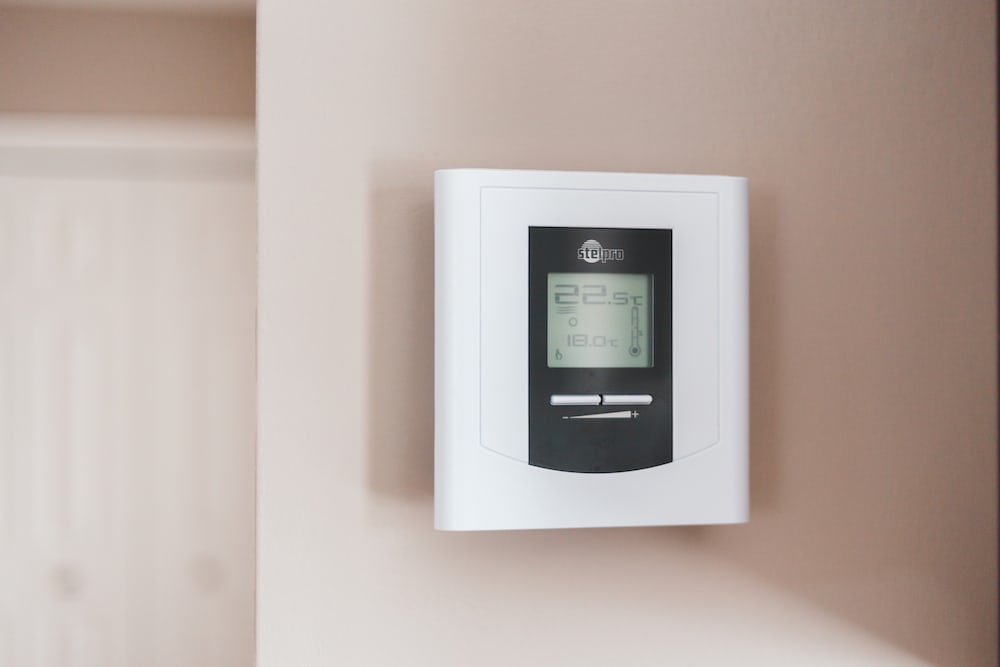What Are Mini Splits?
by siteadmin

Mini splits are an economical and effective alternative to traditional central air conditioning systems. They're ductless and easy to install, less intrusive in the room, and blend better into the environment.
With a ductless system, refrigerant travels through insulated lines from an outdoor unit to indoor units in each of your home's cooling zones.
They are ductless
Mini splits, also referred to as ductless air conditioners and heaters, are heating and cooling systems that enable you to regulate temperatures in individual rooms or zones of your home. They're perfect for room additions, garages, sunrooms and other spaces without ductwork.
Traditional heat pumps use ducts to distribute conditioned air throughout your home, but a ductless system links a compressor/condenser outside and an indoor air handler inside.
Ductless systems offer several advantages over traditional air conditioners, such as improved energy efficiency and lower installation costs. Furthermore, they offer more comprehensive year-round comfort than other HVAC systems.
Ductless systems also boast higher SEER ratings than traditional air conditioning units, which means they typically save electricity and help lower your annual energy bills.
They are energy efficient
Mini split systems are among the most energy-saving heating and cooling systems available. These units eliminate ductwork losses associated with conventional central air conditioning systems, which can account for as much as 30% of a home's energy consumption.
Mini splits are ideal for homes that lack ductwork or can't run it, such as period houses, tiny homes, temperature controlled sheds and workshops, or garage conversions. They may even be used to heat or cool an additional addition to a residence such as a porch.
Mini split systems consist of two primary elements, a compressor or condenser unit outside your home and an air-handling unit inside. Utilizing thin copper tubing to connect these two units and create an efficient airflow path.
They are affordable
If you're on the search for an air conditioning system that's affordable, a mini split is an ideal choice. These systems are more energy-efficient than central units, meaning you'll save money on monthly bills with reduced usage.
Installing multiple mini splits in different rooms allows you to create zones, allowing temperature control individually for those areas. Plus, having a mini split provides better air quality compared to using a central system.
A ducted system collects pollutants such as mold, dust, pollen and volatile organic compounds that can be hazardous for your health. Mini splits don't need ductwork so they won't contribute to these pollutants. Plus, their multi-stage filtration systems significantly reduce particulates in your air.
They are easy to install
Mini splits are relatively straightforward to install if you possess the appropriate tools and technical know-how. Furthermore, they come with an uncomplicated installation manual that should be read thoroughly prior to beginning any project.
The initial step in mini split installation is selecting the ideal wall for your indoor unit. Make sure the wall allows all refrigerant lines, drain tubing and control lines to connect securely.
Furthermore, ensure the space is free from obstructions and tall enough for proper airflow. Furthermore, ensure the studs are placed correctly to guarantee your system's security.
When installing an outdoor unit, try placing it on a concrete pad or somewhere that isn't susceptible to windy conditions. Wind can interfere with the condenser's operation and lead to breakdown and malfunctioning.
air conditioning replacement park city ut
Mini splits are an economical and effective alternative to traditional central air conditioning systems. They're ductless and easy to install, less intrusive in the room, and blend better into the environment. With a ductless system, refrigerant travels through insulated lines from an outdoor unit to indoor units in each of your home's cooling zones. They…
Recent Posts
- Folsom AC Repair Pros: Your Trusted Partner for Expert HVAC Solutions
- All Temp Air Conditioning & Refrigeration Offers Top-Notch Refrigerator Repair Services in Tampa
- Got Flow Plumbing and AC: Bringing Cool Comfort to Houston, TX with Efficient AC Installation services
- Got Flow Plumbing & AC Unveils Cutting-Edge Services Transforming the HVAC Landscape in Houston
- Septic Tank Armadale: Setting the Standard for Superior Septic Tank and Waste Removal Services
